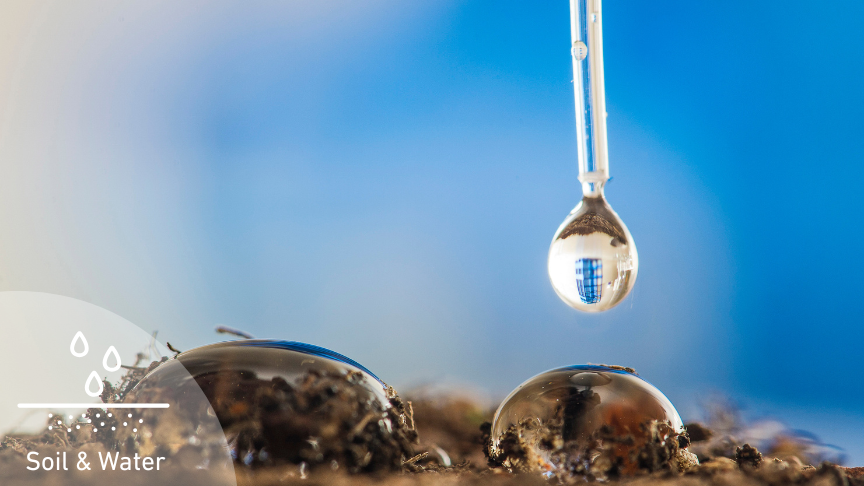
Water is a finite resource and the most universally limiting determinant of crop yield in Australia. In the face of climate change, and in one of the driest and most variable environments on the planet, water loss through evaporation, run-off and deep drainage frequently present an opportunity lost. At the other extreme, excess water can limit crop yield through waterlogging and present challenges around trafficability, effectiveness and timing of application of crop inputs. Major gains in water use efficiency have been delivered in Australian grain crops from improved summer and in-crop weed control, crop improvement, canopy management, stubble retention, water harvesting and conservation through advanced seeding systems and zero/minimum tillage. Soil amelioration has increased the ‘size of the bucket’, drainage solutions helped to address waterlogging and together with new varieties and agronomic practices delivered ongoing improvement. But what’s next? What more can we do to transform the capture, storage and availability of water for use by crops? How do we change the game regarding the uptake and conversion of available water to crop yield and quality to find new ways to get more crop, per drop?
Combine this with the soils challenge. Adding lots of organic matter (read freely available straw) to the subsoil increases water use efficiency significantly. But it is a challenge to get straw deep in the ground, which we are addressing with a unique subsoil amelioration system. Just the lack of resources is slowing down development of the system, even though we have already seen a WUE of 35kg/mm/ha in wheat in 2024. It is possible !
Dive into the world of soil physics to investigate how soil management practices, including crop rotation, tillage and subsoil amelioration effect soil physical properties. Results of this work will assist in developing longer term soil management strategies, such as determining when to repeat amelioration, for the ongoing improvement in soil structure, C sequestration and water productivity
Investigate new products for soil amelioration that are less bulky and easier to apply. Effective amendments need to produce benefits to soil structure (e.g. contain organic C or readily available Ca) and plant nutrient supply.
This content is created by the open source Your Priorities citizen engagement platform designed by the non profit Citizens Foundation